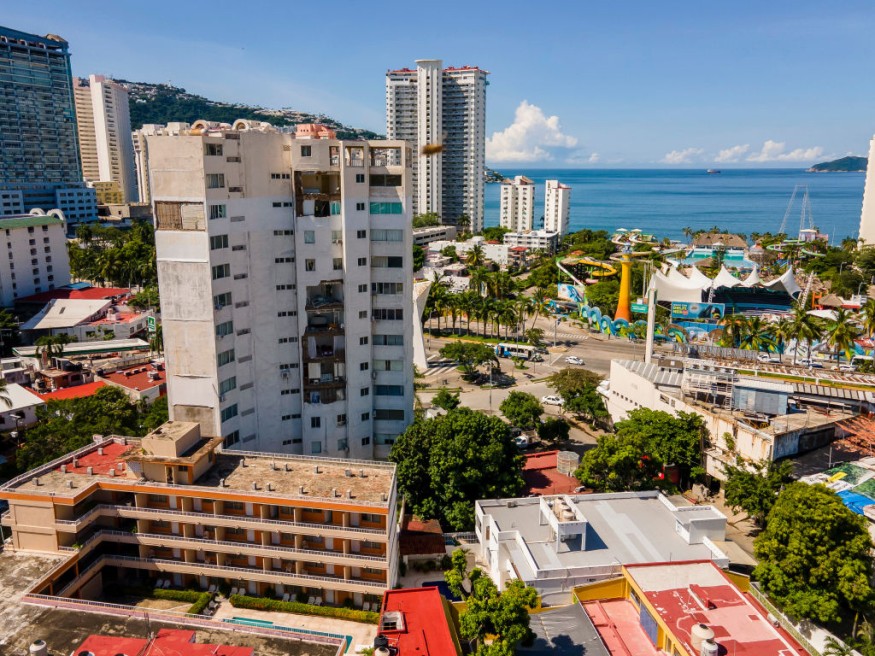On Tuesday, a 7.0 magnitude earthquake struck Acapulco, Mexico, at 8:47 p.m. local time, rocking parts of southern Mexico and knocking out electricity.

As the earthquake rumbled, power flashes lit up the night sky, leaving portions of the Acapulco area without electricity. In addition, it was claimed that phone lines and electrical cables had been damaged. Tlatelolco, Mexico, also had some outages. Around 1.6 million people were without electricity across five states in Mexico as of Tuesday night, with 13 percent of inhabitants in Mexico City experiencing disruptions due to the earthquake.
The quake impacted places more than 230 miles away from its epicenter, including Mexico City. As the earthquake rocked the region, residents were stuck aboard a swaying cable bus in the rain.
In the event of a collapse, people flooded the streets of these cities, and buildings were evacuated. Helicopters soared above Mexico City in search of damage to the city's infrastructure.
Fearing the Aftershocks
Héctor Astudillo Flores, the governor of Guerrero, Mexico, expressed worry that aftershocks will continue and aggravate the damage. In Coyuca de Benitez, Mexico, at least one person has died due to a fallen pole. In Pino Suarez, Mexico, another guy died of heart arrest.
A 4.9 magnitude aftershock occurred to the northwest of the 7.0 magnitude earthquake in Acapulco. A total of 92 aftershocks were reported on Tuesday night, according to the Sismologico Nacional.
Gas Leaks
There have been "several gas leaks in numerous areas," according to Acapulco Mayor Adela Román, as well as landslides and fallen walls, according to television news source Milenio.
Weather Patterns
According to the US Tsunami Warning System, a brief tsunami hazard connected with this quake late Tuesday night for sections of Mexico's coastline. As of Wednesday morning, the threat has gone. There were no dangers to Japan's and the Philippines' coasts.
"The following several days will showcase a classic July pattern in the Mexico City region, with afternoon pop-up thunderstorms," said meteorologist Alex DaSilva.
Rains are anticipated to fade in Mexico City through Tuesday night, but showers and thunderstorms are predicted to resume in Mexico City and Acapulco on Wednesday.
"Anyone helping with the earthquake cleaning should keep a watch out for these pop-up afternoon storms," DaSilva warned.
Mexican Seismic Activity

According to seismic sensors, the earthquake was shallow, originating at a depth of roughly 12.5 miles under the city of Acapulco.
Thrust faulting on the subduction zone, where the Cocos plate dives down into the mantle beneath North America and Central America, caused the earthquake. Large earthquakes are prevalent in the area. This earthquake struck at a section of the Middle America subduction zone that is considered capable of producing earthquakes of magnitude eight or more but hasn't seen one since 1911.
For more news updates about what's happening to our environment, don't forget to follow Nature World News!
© 2025 NatureWorldNews.com All rights reserved. Do not reproduce without permission.





